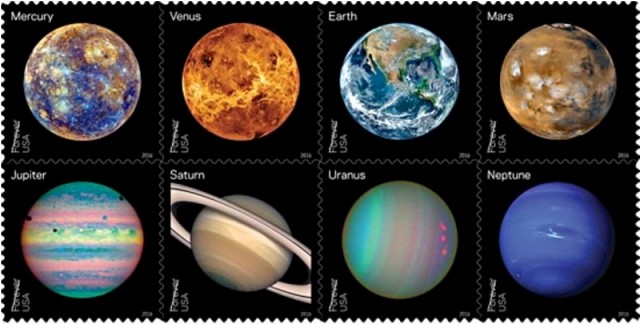This is a joint issue between Austria and Romania, in order to mark the special cultural relationships between Bucharest and Vienna, built over time.
This attractive block in the background image shows a map on which the corresponding track is recorded, the Paris Ostbahnhof, the Giant Ferris Wheel and the famous mosque “Hagia Sofia"
The first stamp (which is placed a bit higher on this sheet) represents the Orient Express train in May 1921, at Sinaia station. It had been pulled by a Pacific engine, type 2C1-h4, which belonged to the Bucharest Travelers Depot and was used on the route Bucharest North – Ploiesti – Sinaia – Brasov and back.
The other stamp represents the Orient Express train, in 1909, at Salzburg station, consisted of a four-axle restaurant car and pulled by a compound engine, type 2B-n2v from the Austrian series K.k.St.B. 206.01-206.70 belonging to Depot Wien II and which was used to pull the Orient Express train on the route Salzburg – Vienna and back.
The Orient Express train made the connection between Paris and Constantinople, namely between the Occident and Orient, and was undoubtedly the most famous and romantic of all trains. Though it belongs today only to the nostalgic tourism – by the trains “Nostalgia Istanbul – Orient Express” (N.I.O.E.) and “Venice Simplon – Orient Express” (V.S.O.E.) which ran and continue running through Romania – its echoes have never died away. Writers, musicians, painters and cinematographers got inspired from the history of this famous train and contributed to the creation of its legend.
This train began operating in June 5th 1883, under the name of Le Train d’Orient or Express d’Orient and its first route, Paris (East Station) – Nancy – Strasbourg – Stuttgart – Munich – Salzburg – Vienna – Bratislava – Budapest – Jimbolia – Timisoara – Caransebes – Varciorova – Craiova – Pitesti – Bucharest – Giurgiu – Smarda, 2,638 kilometers long, lasted for 59 hours and 15 minutes. The first Orient Express left Giurgiu for Paris on June 8th 1883, at 13:30, arriving into the capital city at 15:00 and, after a 15 minutes halt, it left on its route to Paris.
The official inauguration of the Orient Express train took place on October 4th 1883; on this occasion, they introduced sleeping coaches with bogies, the first of this kind in Europe. The new cars of Orient Express train had 4 axles, were 17.5 meters long, they were made of Teak wood and had crystal glasses. Heated by steam and illuminated by gas, they were “as comfortable as a luxury suite in Paris”. Between two-axle baggage cars, they introduced two four-axle sleeping coaches, having a 20 seats capacity, and also a four-axle restaurant car. The restaurant car (CIWL 151D) was draped in tapestries from the famous Gobelin manufactories, as well as in Cordoba leather and Genovese velvet; it consisted of a large saloon, a smoking lounge with a library, a boudoir, an office and a kitchen.
Since 1st of June 1889, a second Orient Express train made a direct link between Paris and Constantinople, through a new route via Serbia and Bulgaria, the 2,504 kilometers long course lasting for 67 hours and
35 minutes.
After the commissioning of the Danube bridges, in 1895, the route of the Orient Express train through Romania was extended up to Constanta Harbor on April 19th /May 1st 1896.
During the World War I, the services of the European luxury trains, including the Orient Express train, were cancelled. After the hostilities ended, on April 15th 1919, a new international luxury train called Simplon – Orient Express, was introduced to connect London and Paris via Constantinople. On May 1st 1921, the route of the Orient Express train through Romania was included again in the course, up to Bucharest, via Arad, Teius, Brasov and Sinaia.
The last Orient Express train of the C.I.W.L.T. Company left Paris for Istanbul on May 19th 1977 on the route Paris – Milan – Venice – Zagreb – Belgrade – Sofia – Istanbul (Sirkeci), the entire journey lasting for about 56 hours.
(The cancellation is from the 50 years of OPEC)


